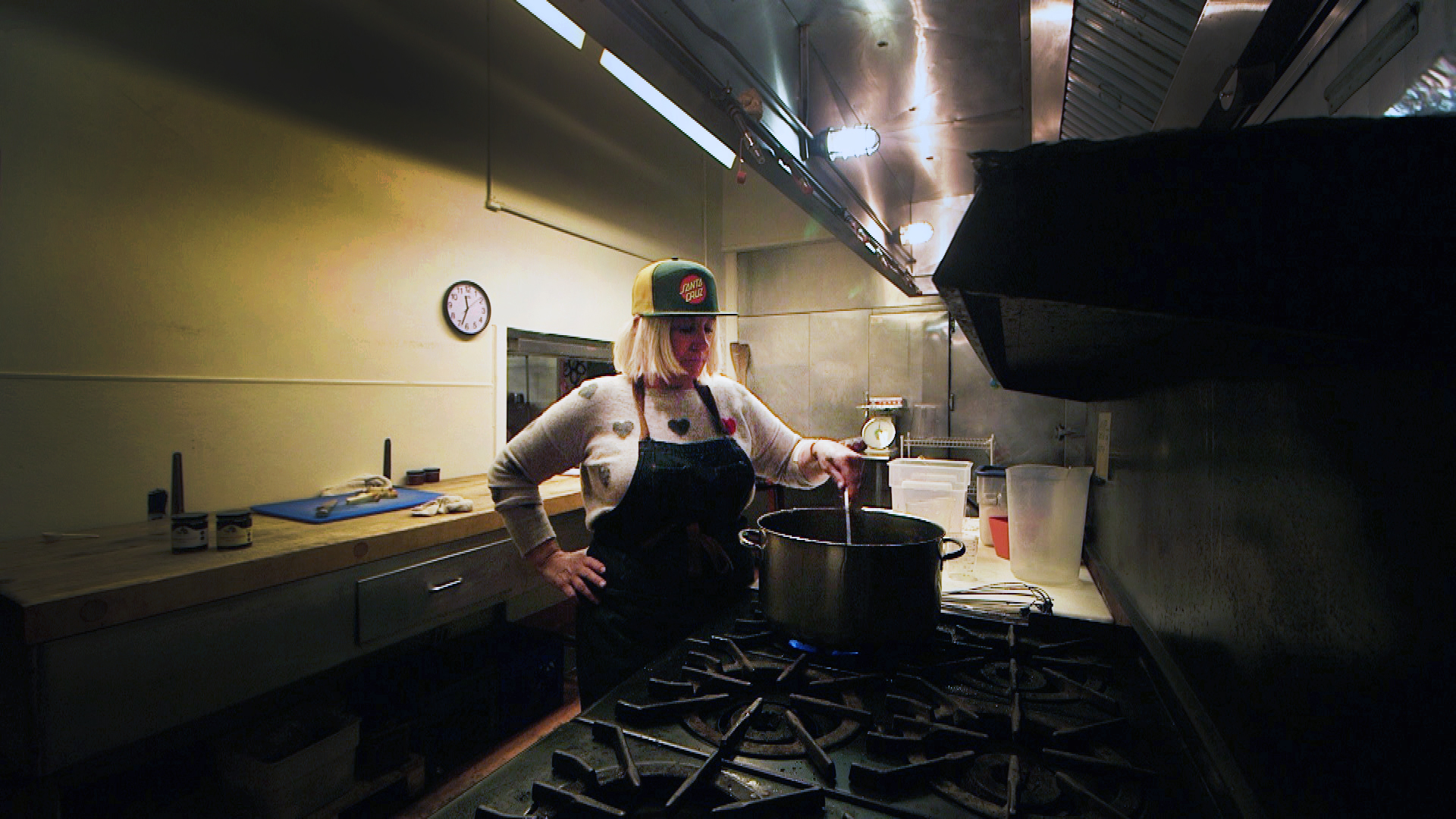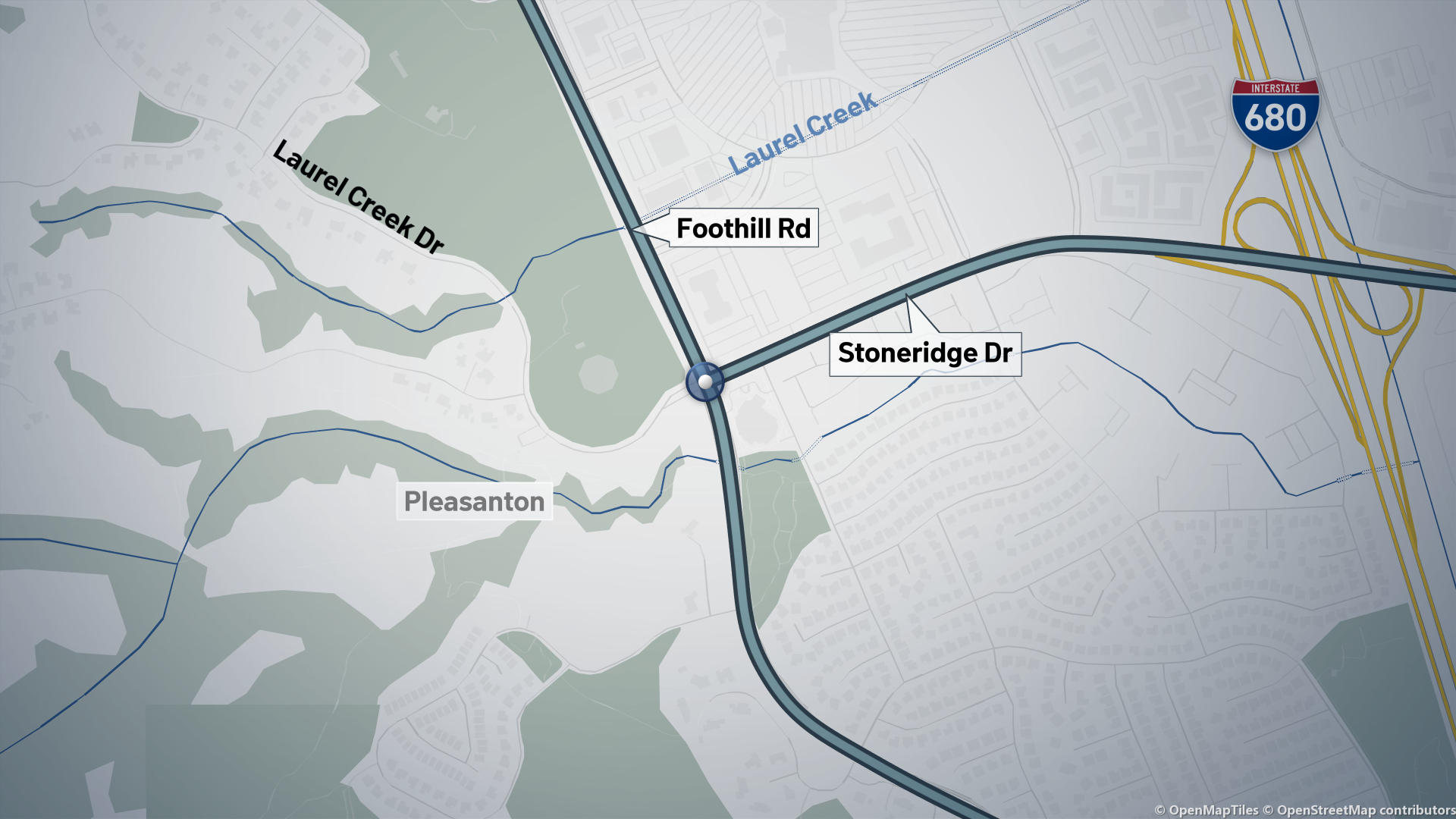Many of the whales spotted in and around the San Francisco Bay are endangered, and one of their biggest threats is the steady flow of ship traffic moving in and out of the area.
While the federal government is trying to reduce the risk to whales by implementing a voluntary slowdown of ship traffic, the NBC Bay Area Investigative Unit has learned those attempts have largely failed. The Investigative Unit also learned the overwhelming number of whales hit and killed may not be represented in the data collected by the federal government.
Some scientists say the absence of reliable data and a solid plan to curb ship strikes is now leaving these majestic mammals – the largest on earth – vulnerable.
Get a weekly recap of the latest San Francisco Bay Area housing news. Sign up for NBC Bay Area’s Housing Deconstructed newsletter.
Ship Strikes Are Underreported
There is no penalty for ships when they crash into whales. But when ships do strike them, crews are required to report it to the federal government.
Since 2005, ships hit and killed at least 45 whales off the California coast and 173 whales in waters throughout the country, according to data obtained from NOAA.
Local
An analysis by NBC Bay Area reveals 75 percent of those whales are endangered.
Massive cargo ships can stretch as far as 1,000 feet long, and shipping crews may be reasonably oblivious to a potential collision with a whale. As a result, scientists fear the number of reported cases of ship strikes may only represent a fairly small number of actual deaths.
“Our worry is that even those represent the tip of the iceberg,” said John Calambokidis, a research biologist who has spent the past 30 years studying whales along the west coast. “Most whales that die disappear from sight and sink.”
Calambokidis, who founded the non-profit group Cascadia Research, estimates the actual number of ship strikes may be more than 10 times higher than the figures collected by NOAA. His estimation means that hundreds of whales off the California coast could have been killed in the past decade.
Behind the Scenes: Our Trip Out to Sea
Behind the Scenes: Our Trip Out to Sea
Voluntary Slowdown Doesn’t Work
Bay Area ports are some of the busiest in the country with ships passing in and out of the area roughly 10,000 times each year. Vessels enter the bay using one of three shipping lanes, which happen to intersect with prime feeding areas.
“The whales come from all over the Northern Pacific, to the waters off San Francisco to feed,” said Maria Brown, a Superintendent with NOAA. “This is their place, this is their restaurant, their breadbasket, their kitchen.”
Brown, who leads a team of scientists at the Greater Farrollones National Marine Sanctuary in San Francisco, helped institute a voluntary slowdown of ship traffic last year in and around the bay. Beginning last year, ships were asked to slow down to 10 knots, or 11.5 miles per hour, during the peak whale season of May to November.
Researchers hope the speed reduction might provide whales more time to veer away if they sense an oncoming collision. Many of the whales often spotted in the Bay Area, including humpbacks and blue whales, are incredibly vulnerable and have been classified by the federal government as “endangered.”
“For example, removing three whales – just three whales – in one year from the population can cause that population to plateau or even decline,” Brown said.
The NBC Bay Area Investigative Unit, however, obtained federal documents that show the shipping industry has largely ignored the federal government’s plan to protect the whales.
According to data, ships failed to adhere to the speed limit about 81 percent of the time. In fact, some ships traveled at speeds that were more than double what the federal government recommended.
“Nobody wants to hit a whale,” said John Berge, vice president of the Pacific Merchant Shipping Association, which represents roughly 20 barge and cargo shipping companies that pass through the bay.
In an industry where time is money, Berge said a reduction in speed translates into a loss of productivity and potentially tens of thousands of dollars in revenue.
“There is a bit of a dual issue with the ship obviously wanting to reduce the risk of hitting a whale but at the same time a lot of these ships are on strict time schedules,” Berge said.
NOAA, however, says if ships do not start complying, the voluntary slowdown could become permanent. As a result, violations could carry hefty fines.
“There’s a potential we would have to make it a requirement,” Brown said.
A Failed Plan
Calambokidis believes there’s a better option; one that he and other scientists recommended to the federal government four years ago as part of a joint working group that included government representatives and independent scientists.
Rather than reducing speeds in all three shipping lanes, the group proposed only slowing down one lane at a time, based on which had the largest concentration of whales.
The government says it tried that plan, but eventually realized it didn’t have the manpower needed to accurately track whales full-time. The plan was dissolved.
“I don’t know if it will ever be feasible,” Brown said. “So we're going to the next best option of looking at vessels slowing down in all three lanes.”
Calambokidis, however, said the massive vessels that started the ship strike problem, should have been part of the solution.
“The big missing piece of the plan was really tapping the industry ships themselves and turning them into a platform for sightings,” he said.
While he acknowledged the unpredictable nature of whale travel patterns, Calambokidis said the plan had the potential to protect even more whales and should have been pursued further in order to limit the interactions between ships and the massive mammals.
“No plan is going to create a total separation,” he said. “All we can do is reduce the odds.”
If you have a tip for the Investigative Unit email theunit@nbcbayarea.com or call 888-996-TIPS.
Watch Our Entire Series:
- Part 1: Hundreds of Endangered Whales Likely Killed off CA Coast Over Past Decade
- Part 2: ‘Ship Strikes' Killing Whales Despite Govt. Program to Slow Down Vessels
- Part 3: Trump Administration Facing Legal Action Over ‘Ship Strikes' Killing Endangered Whales
- Part 4: Environmentalists Wage Legal Battle to Curb Whale Deaths Off California Coast



